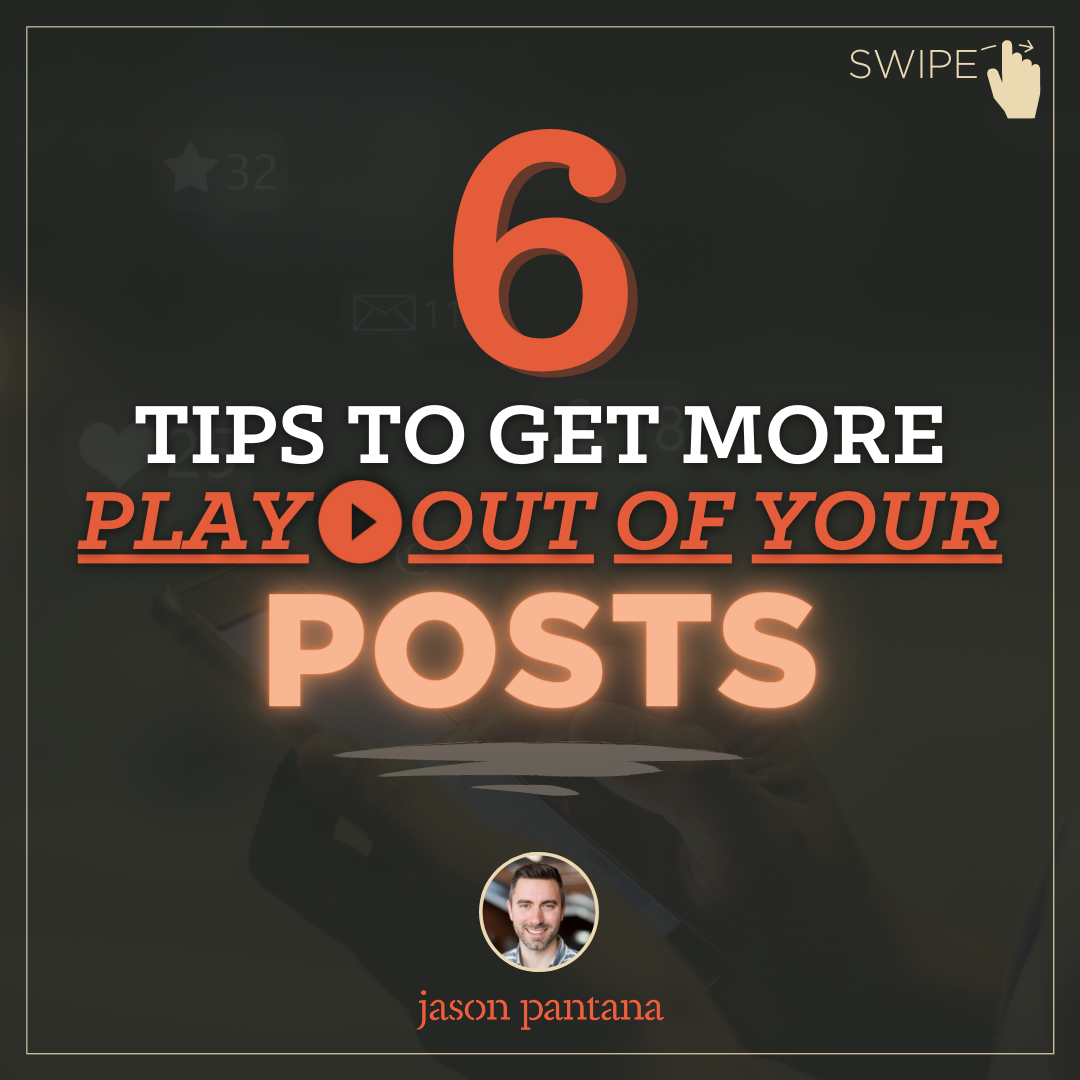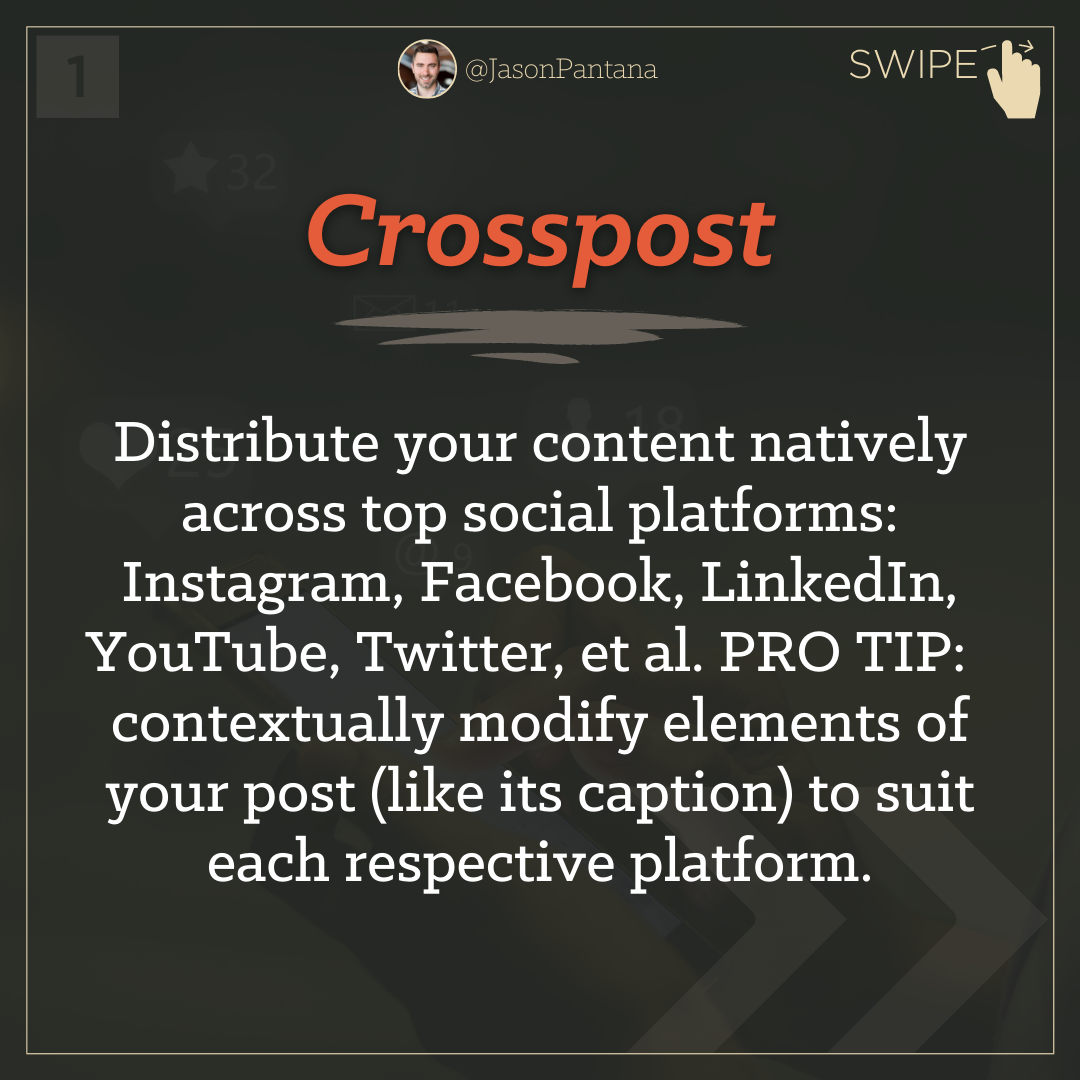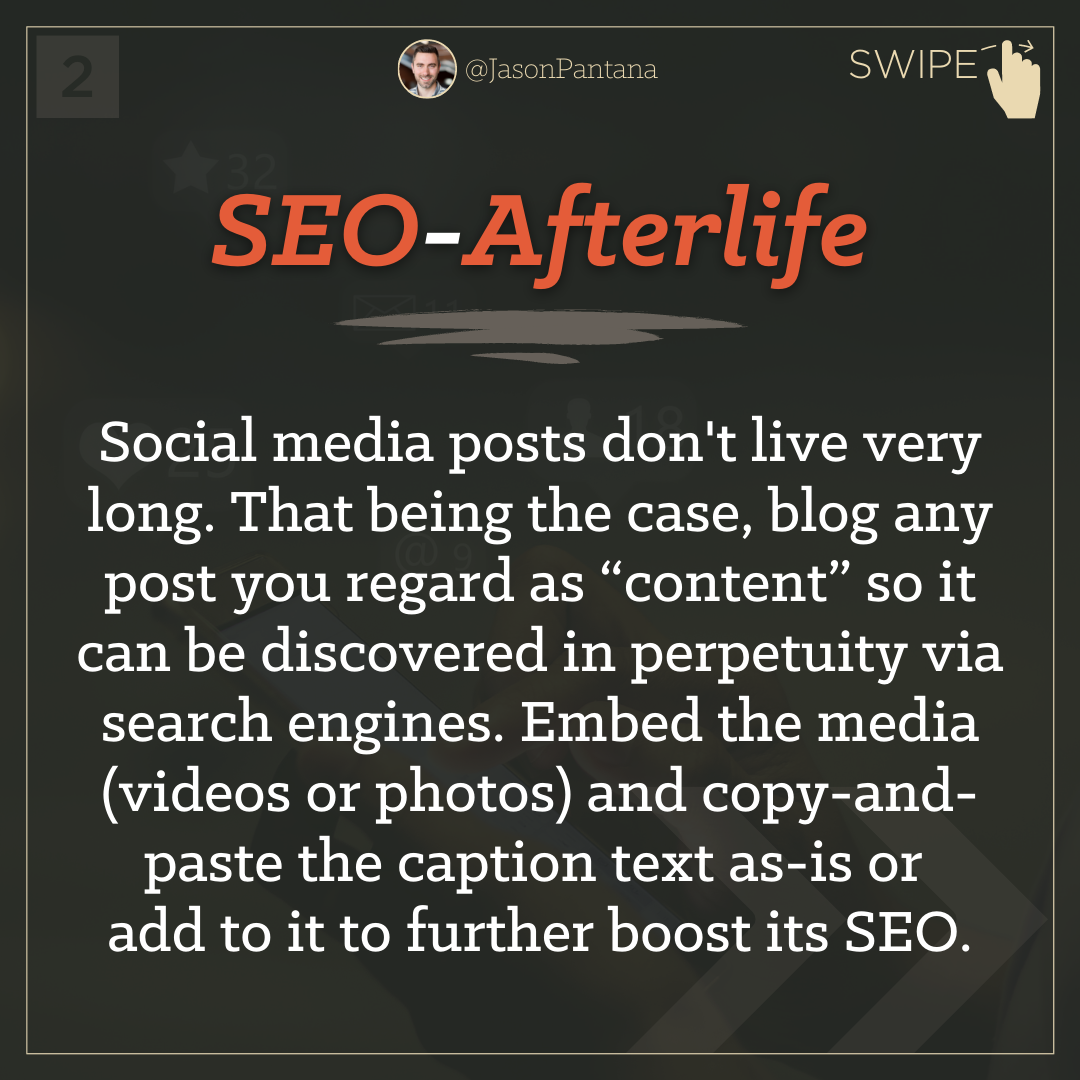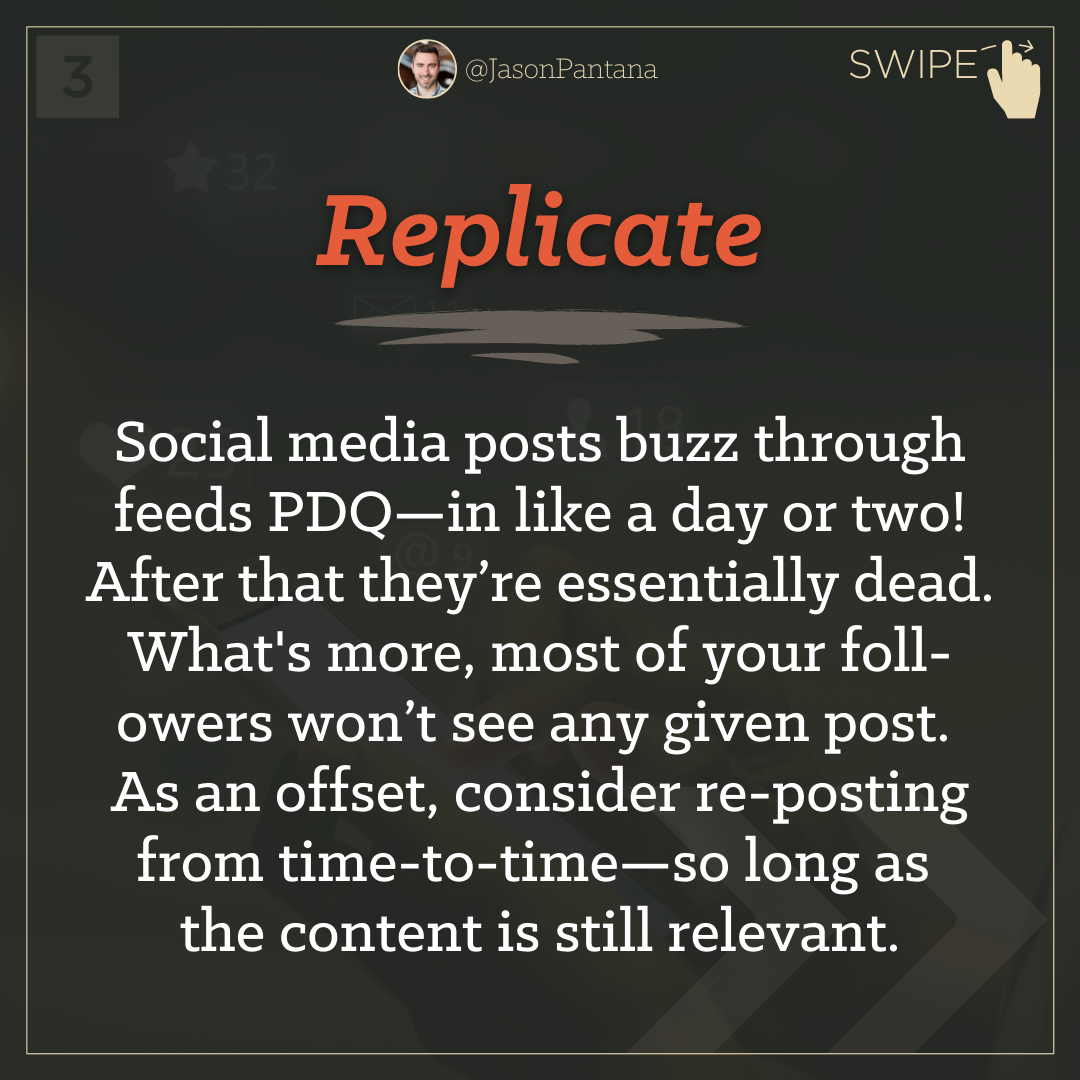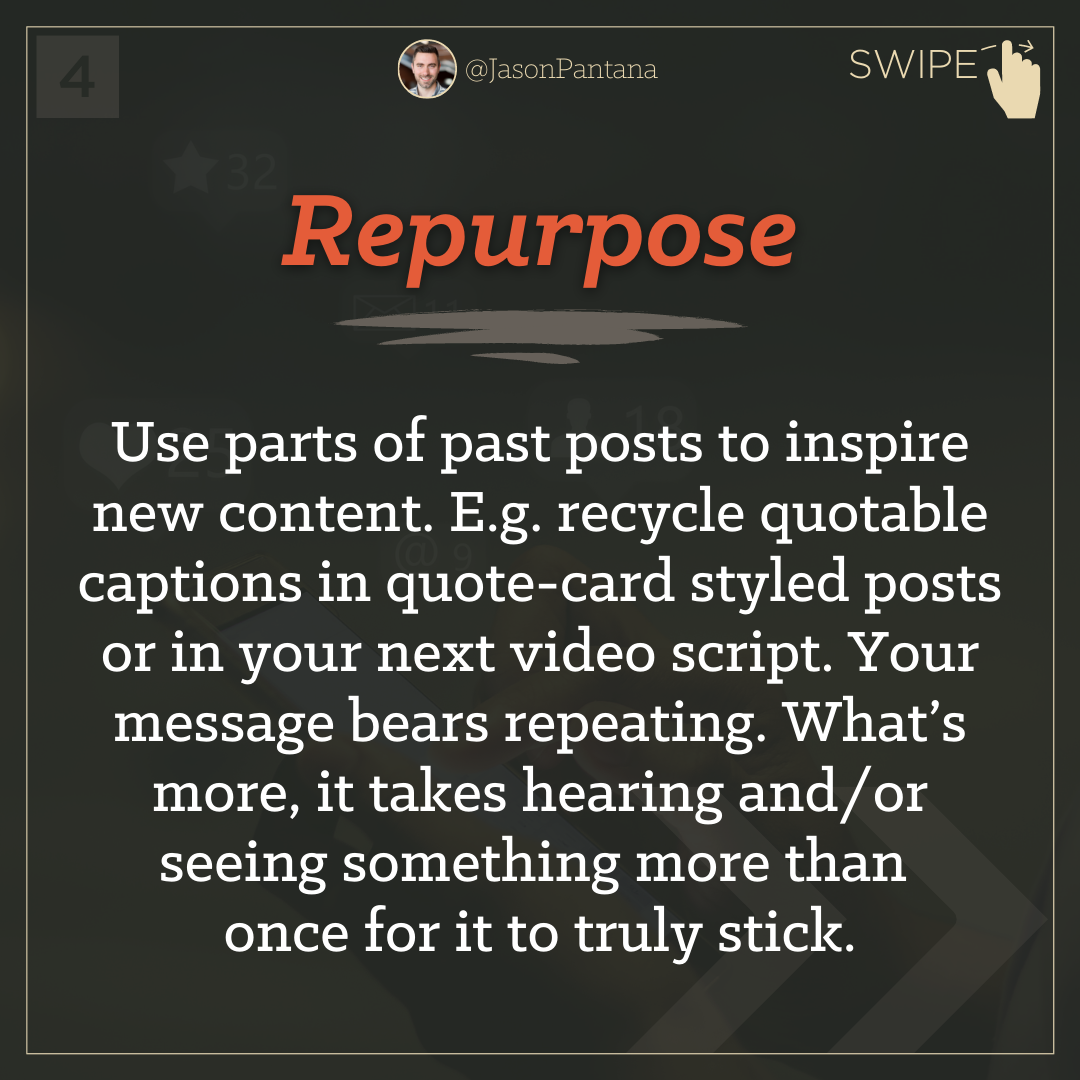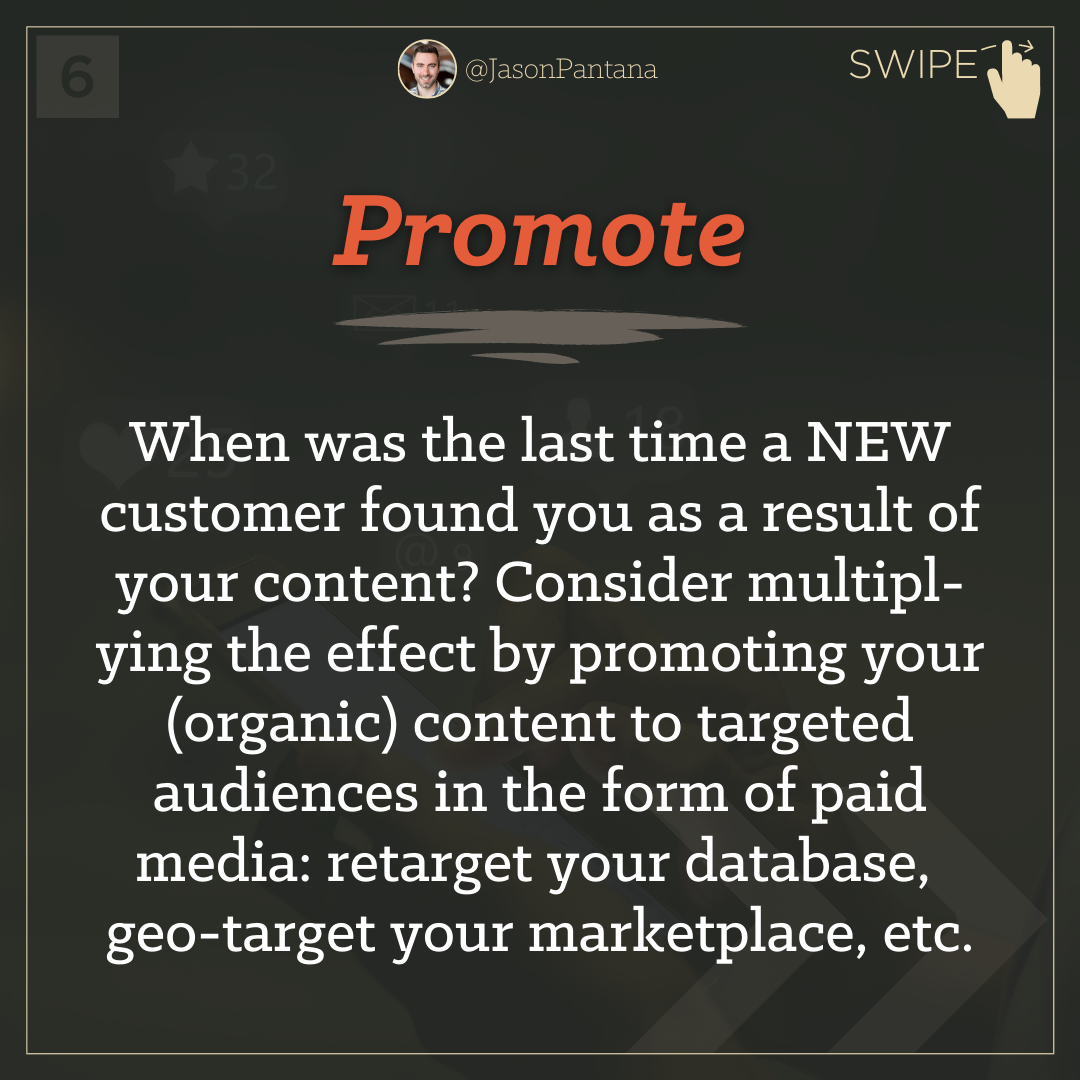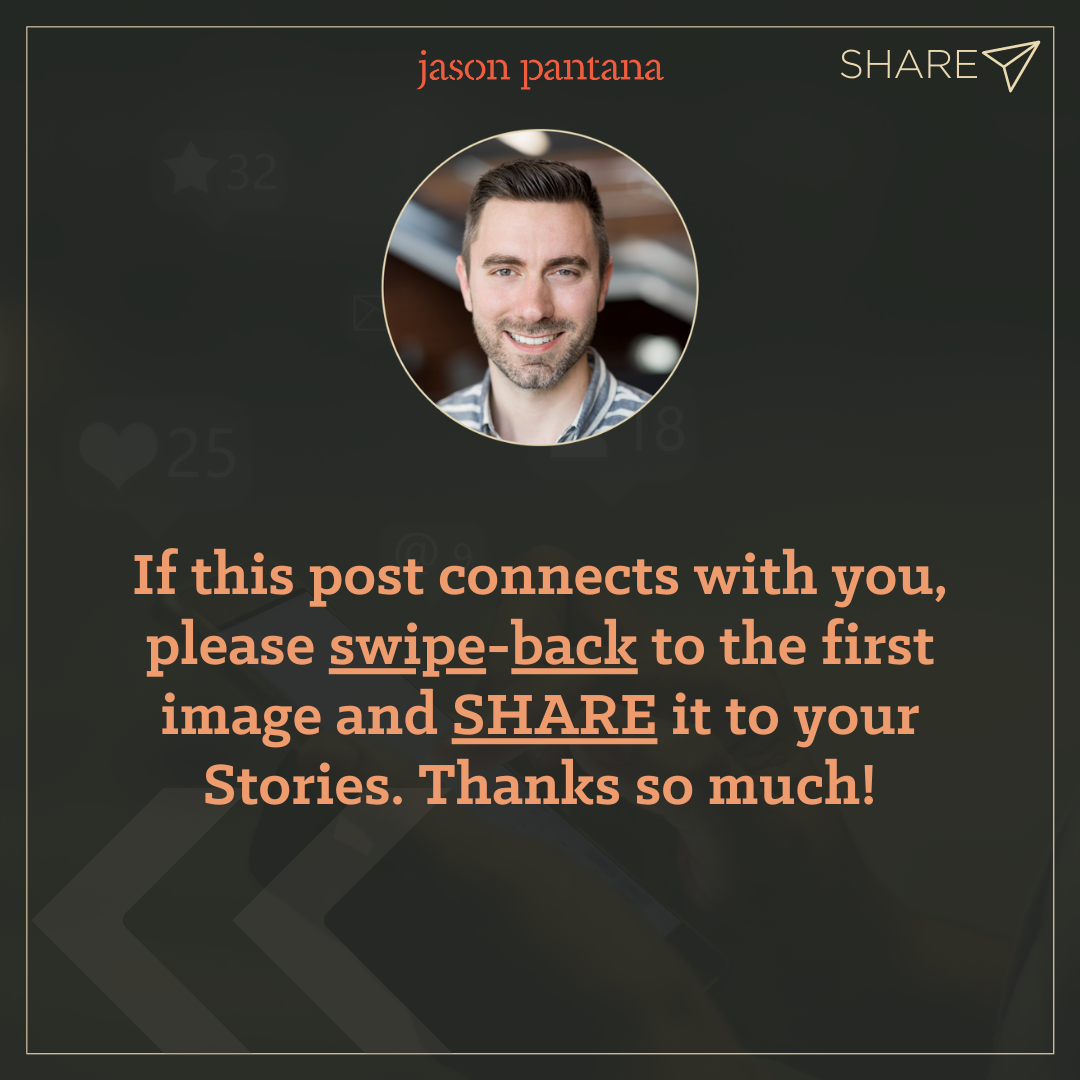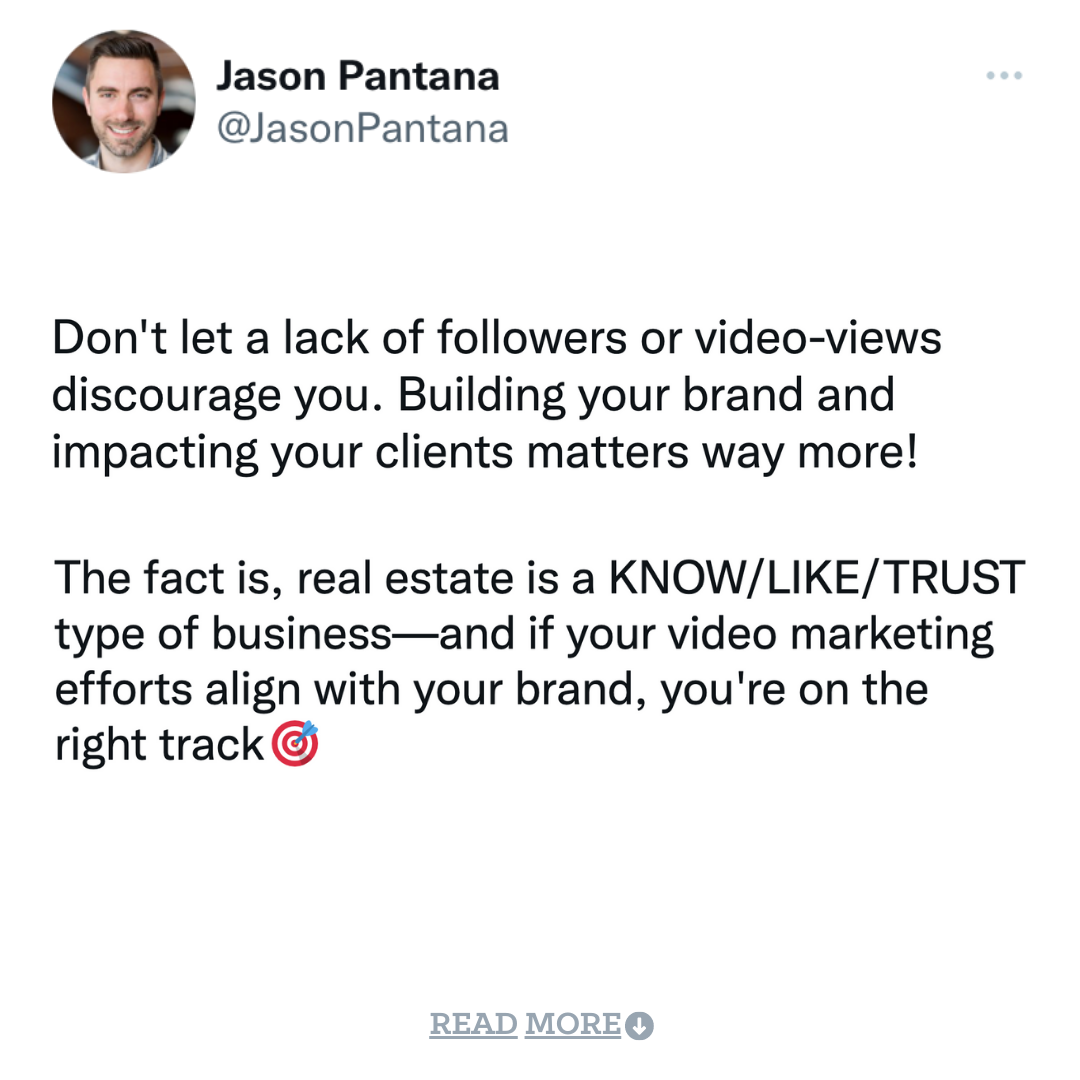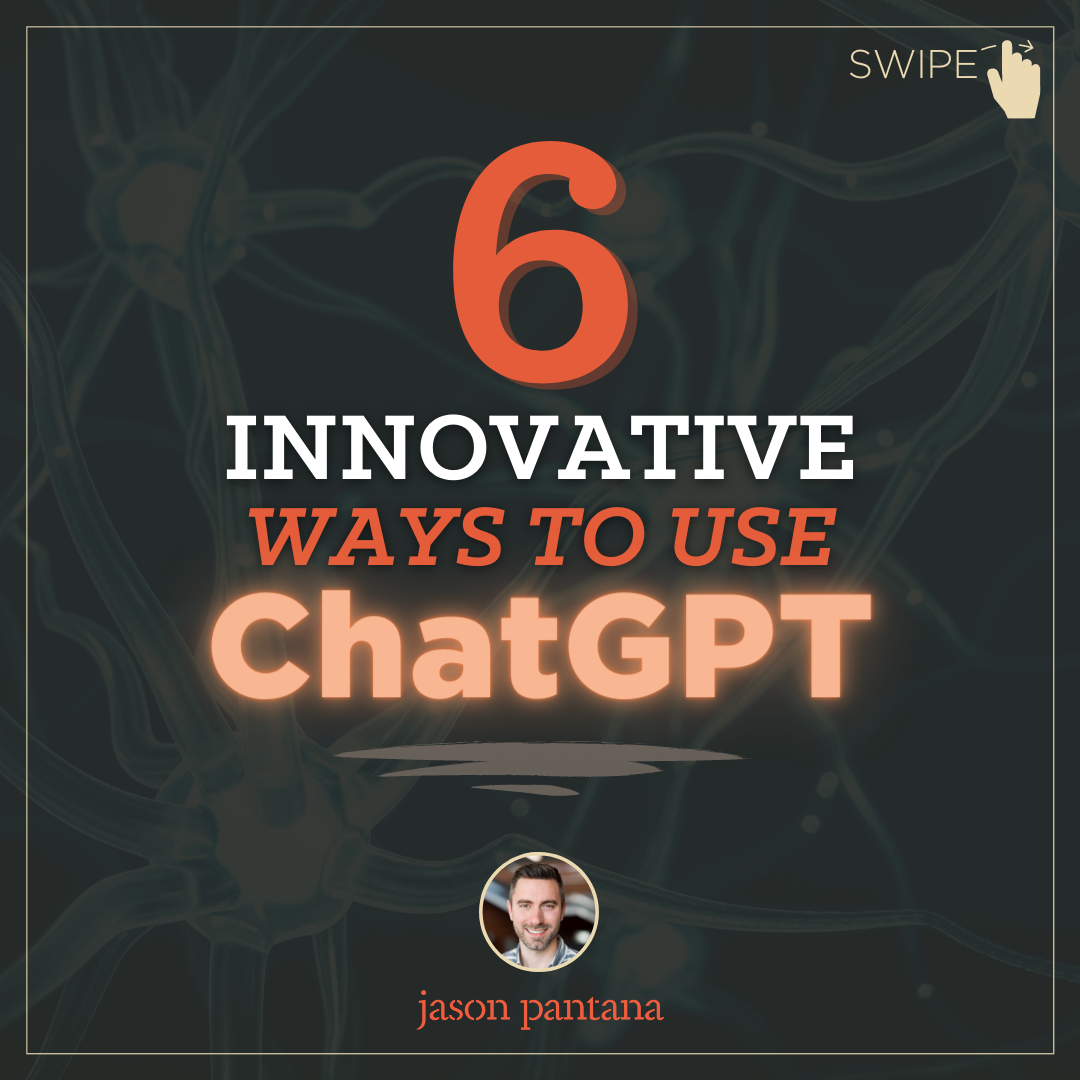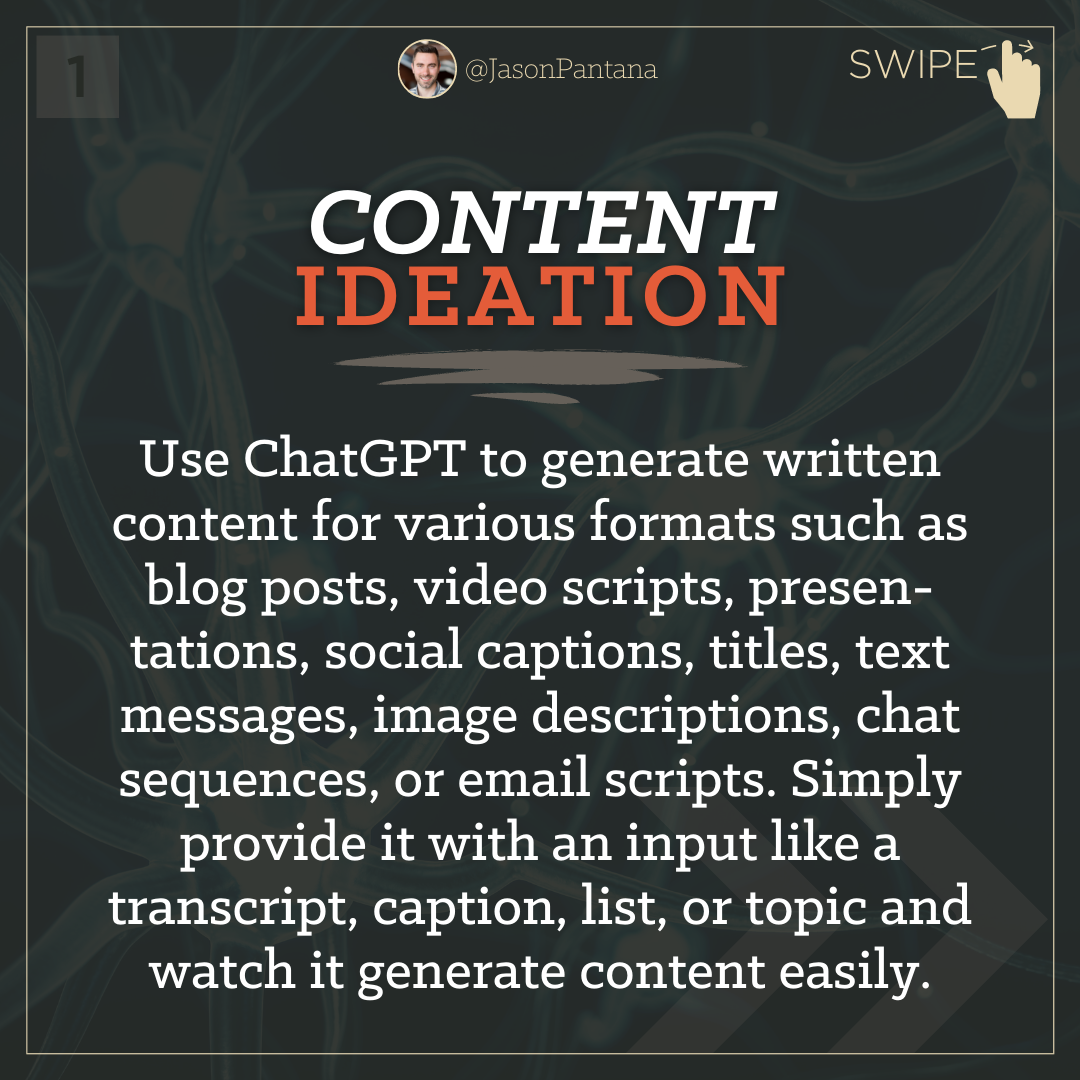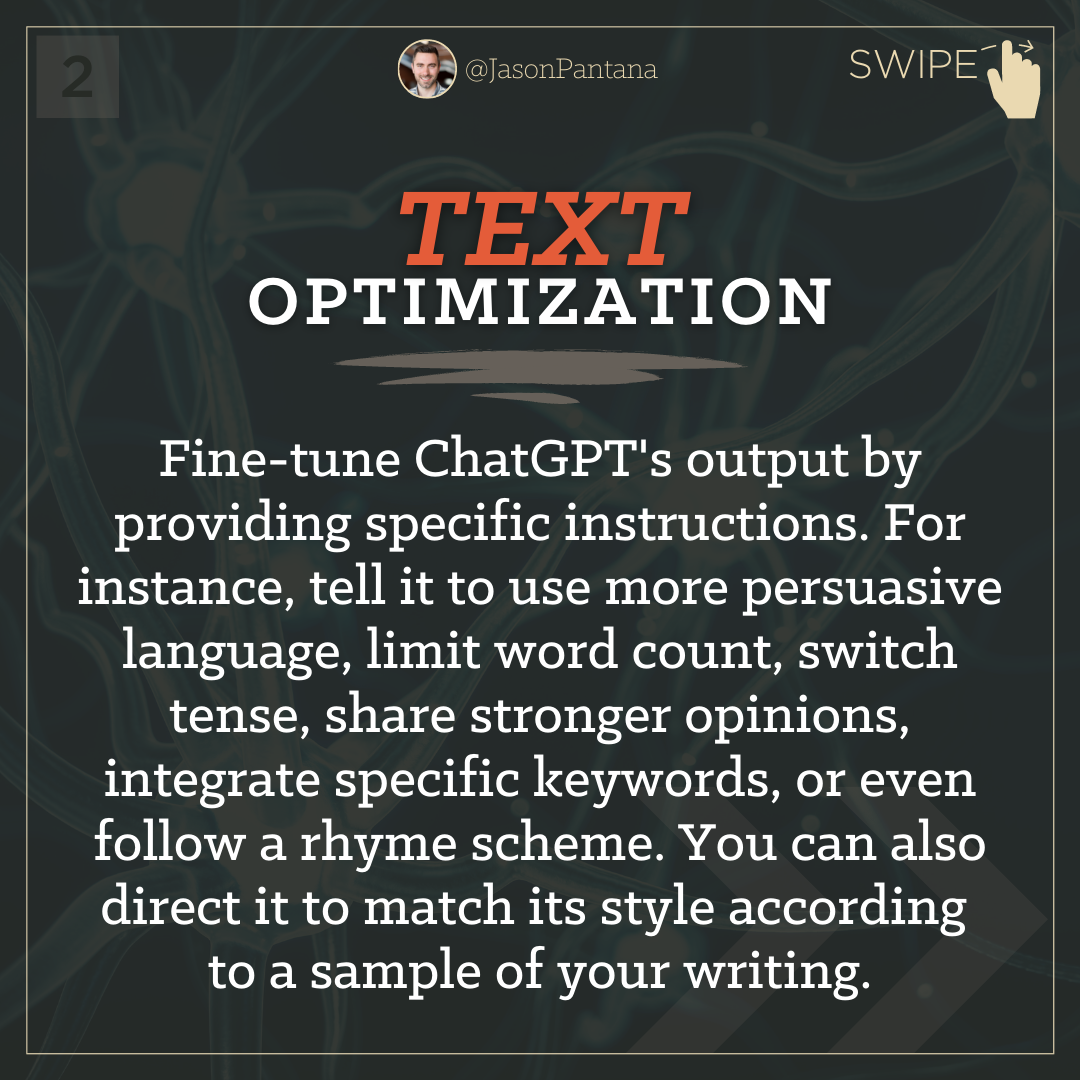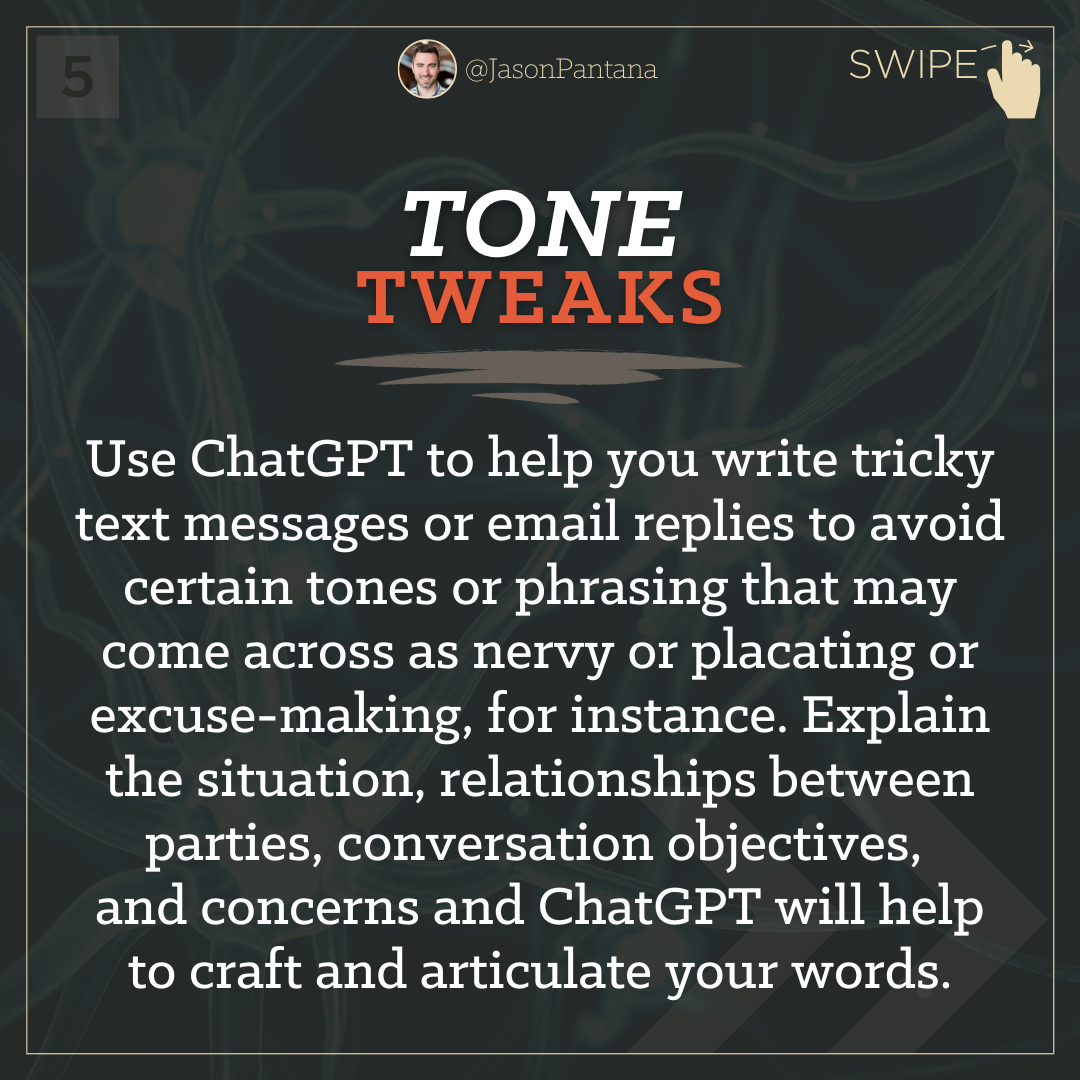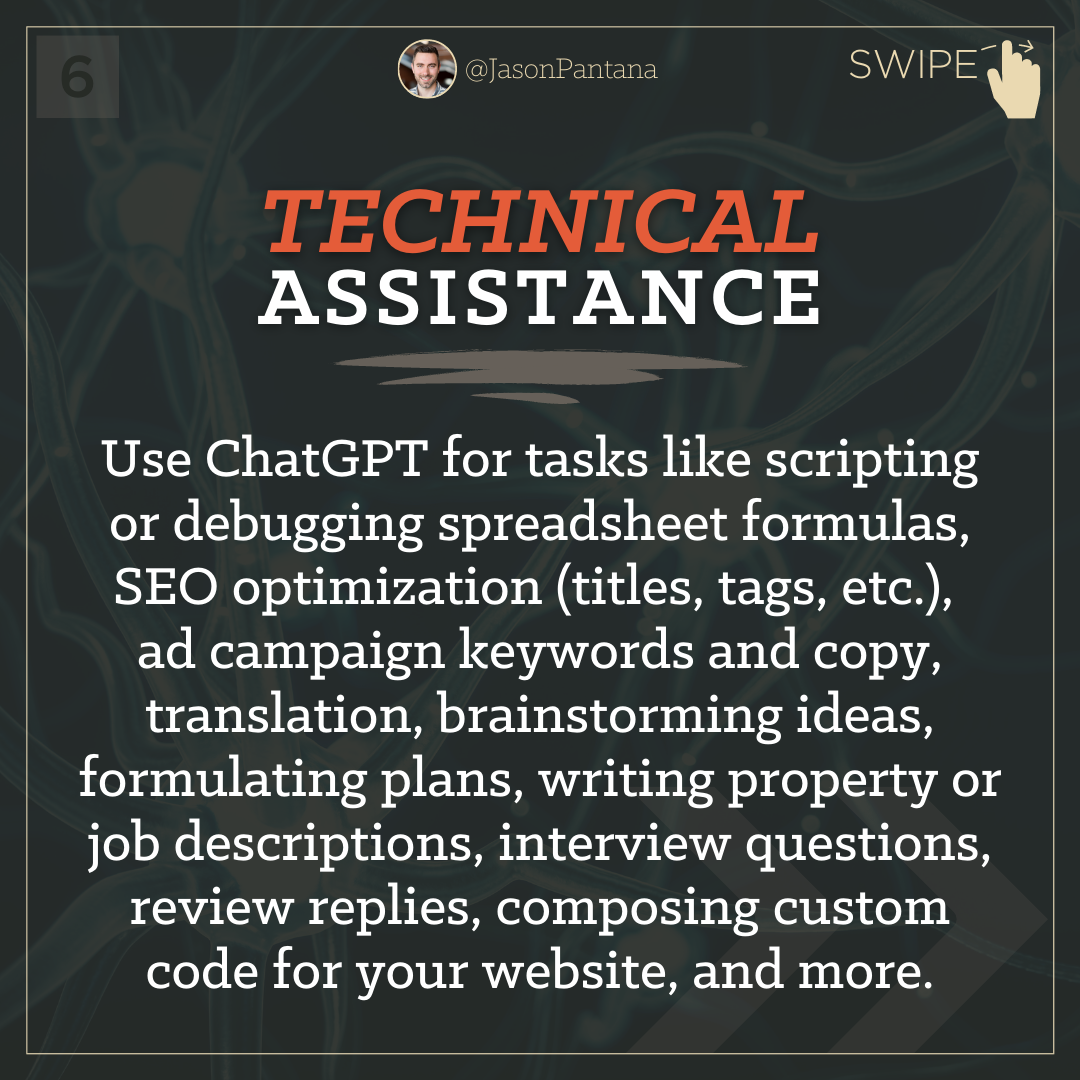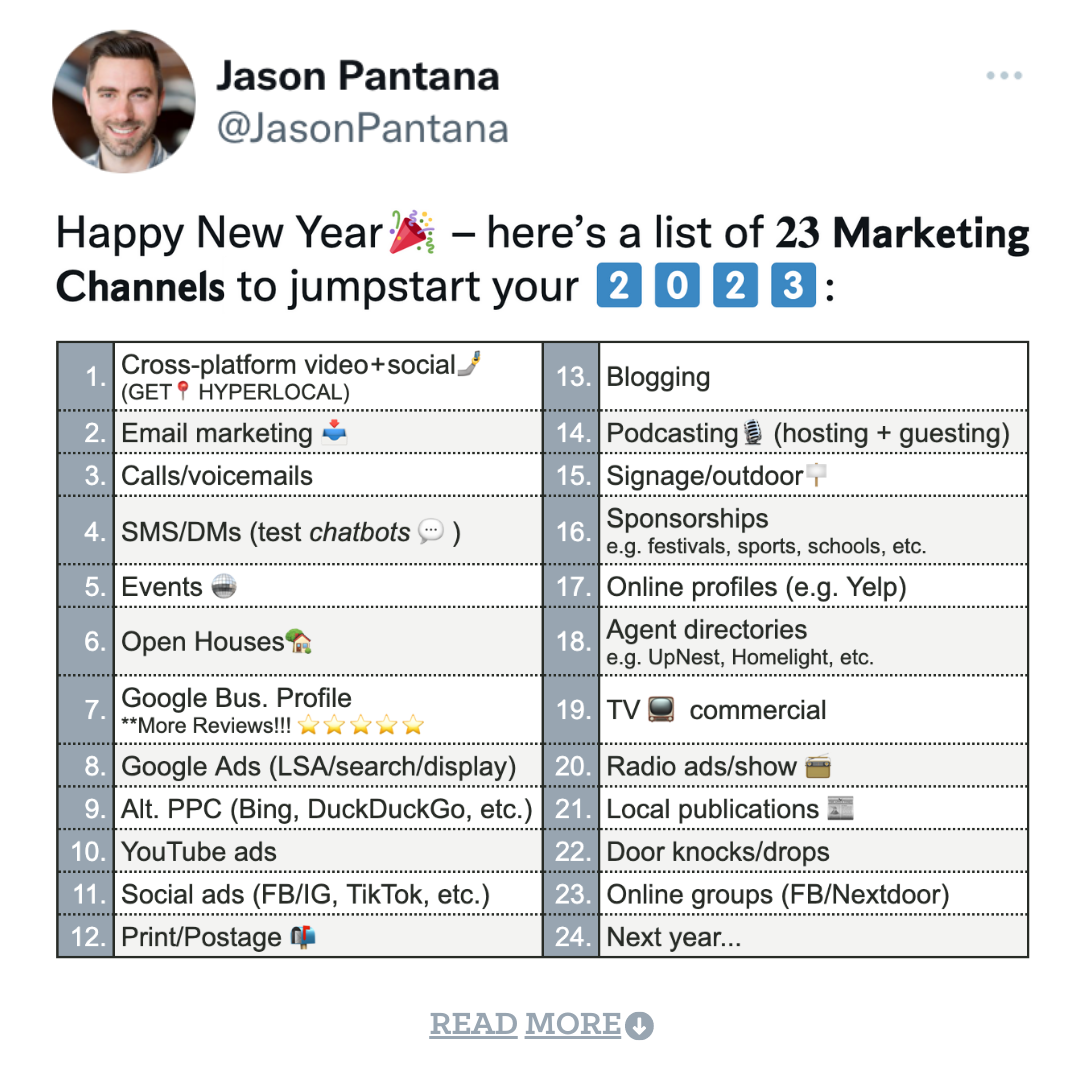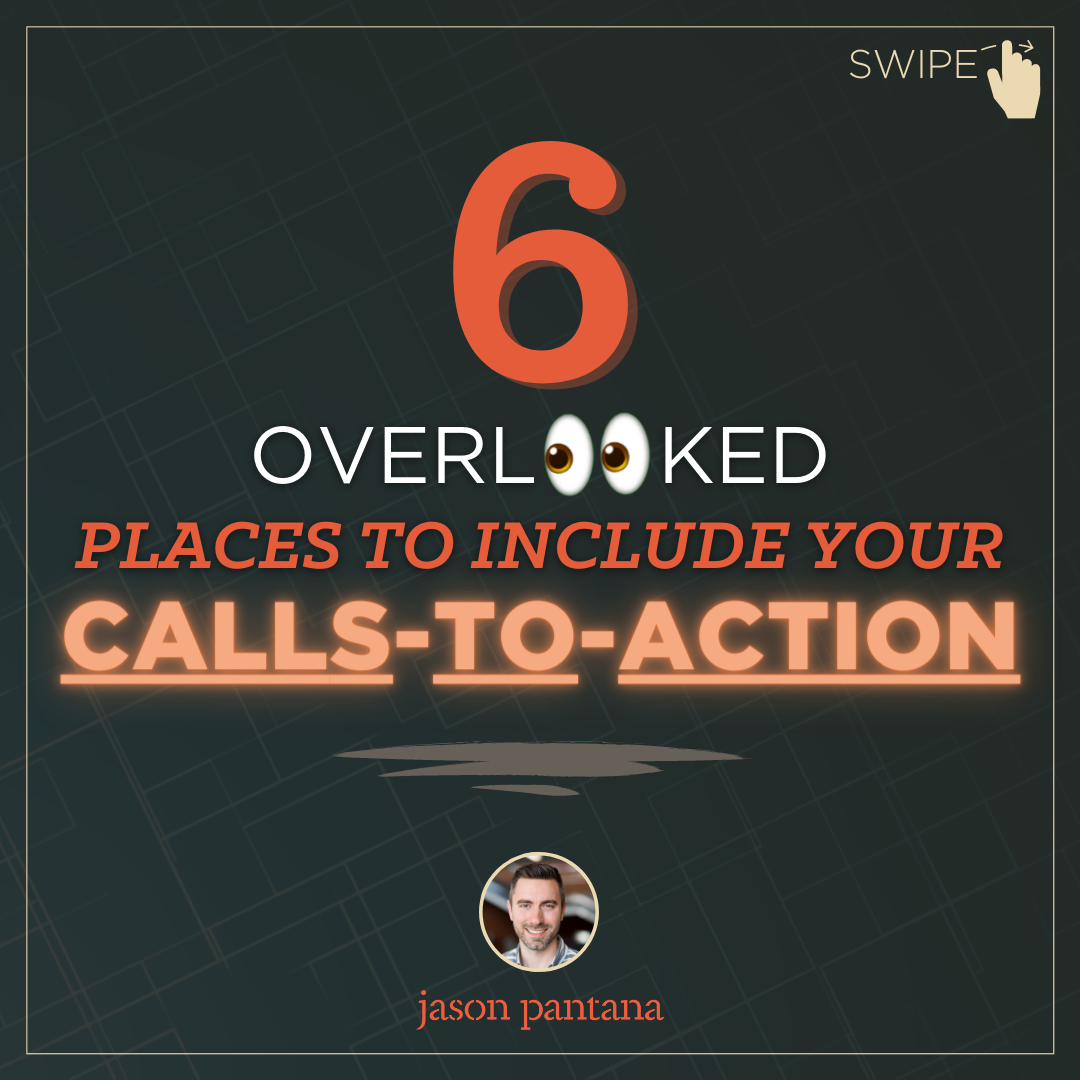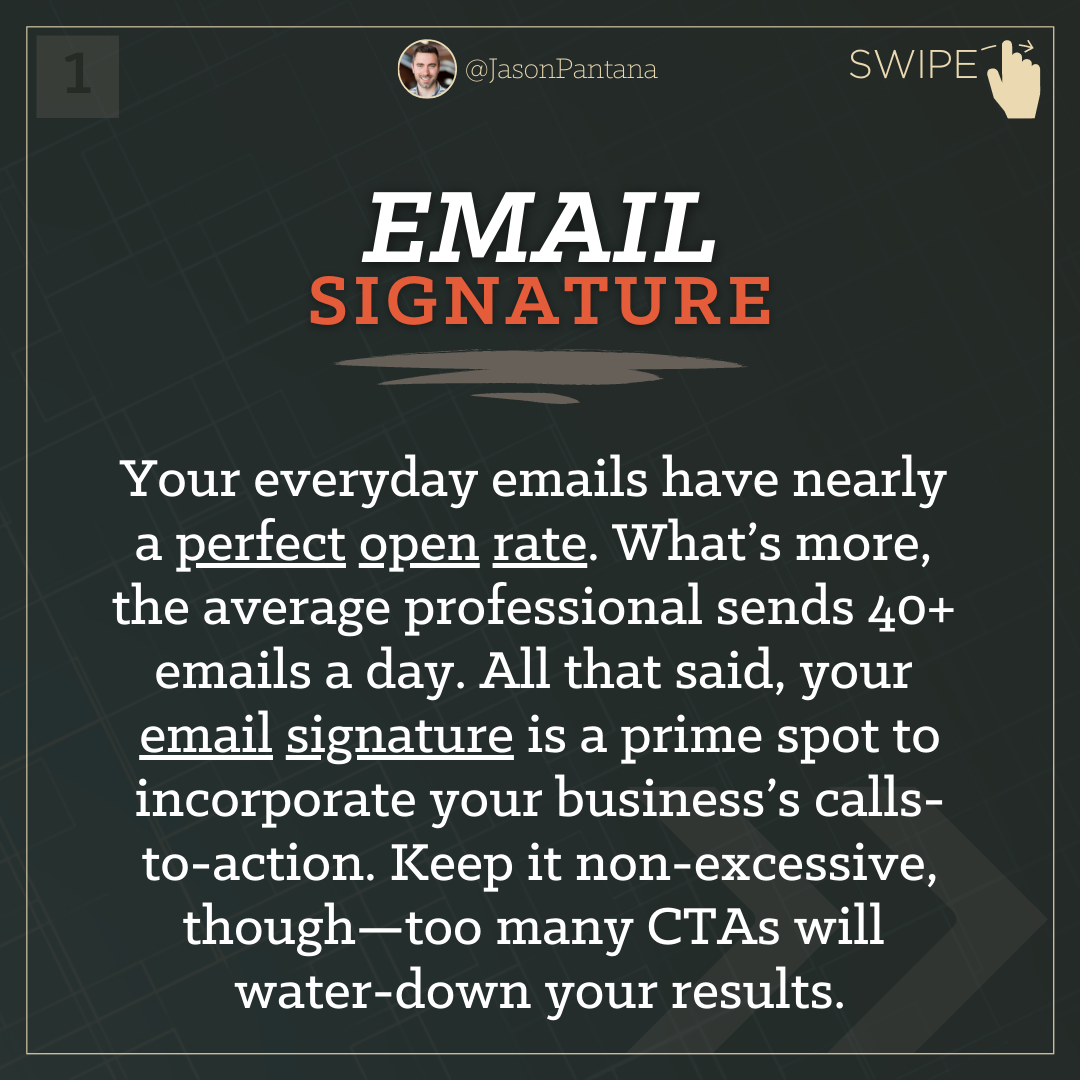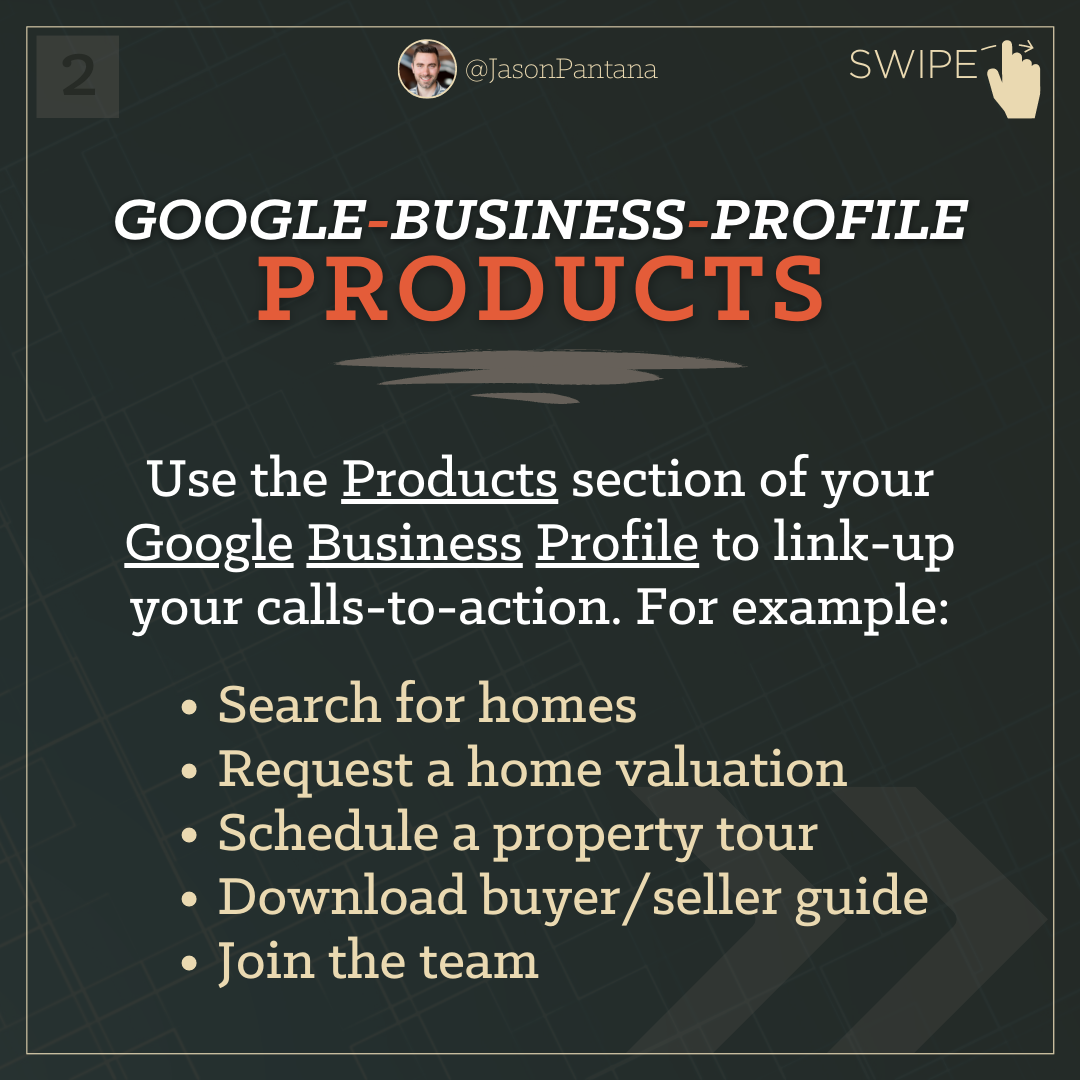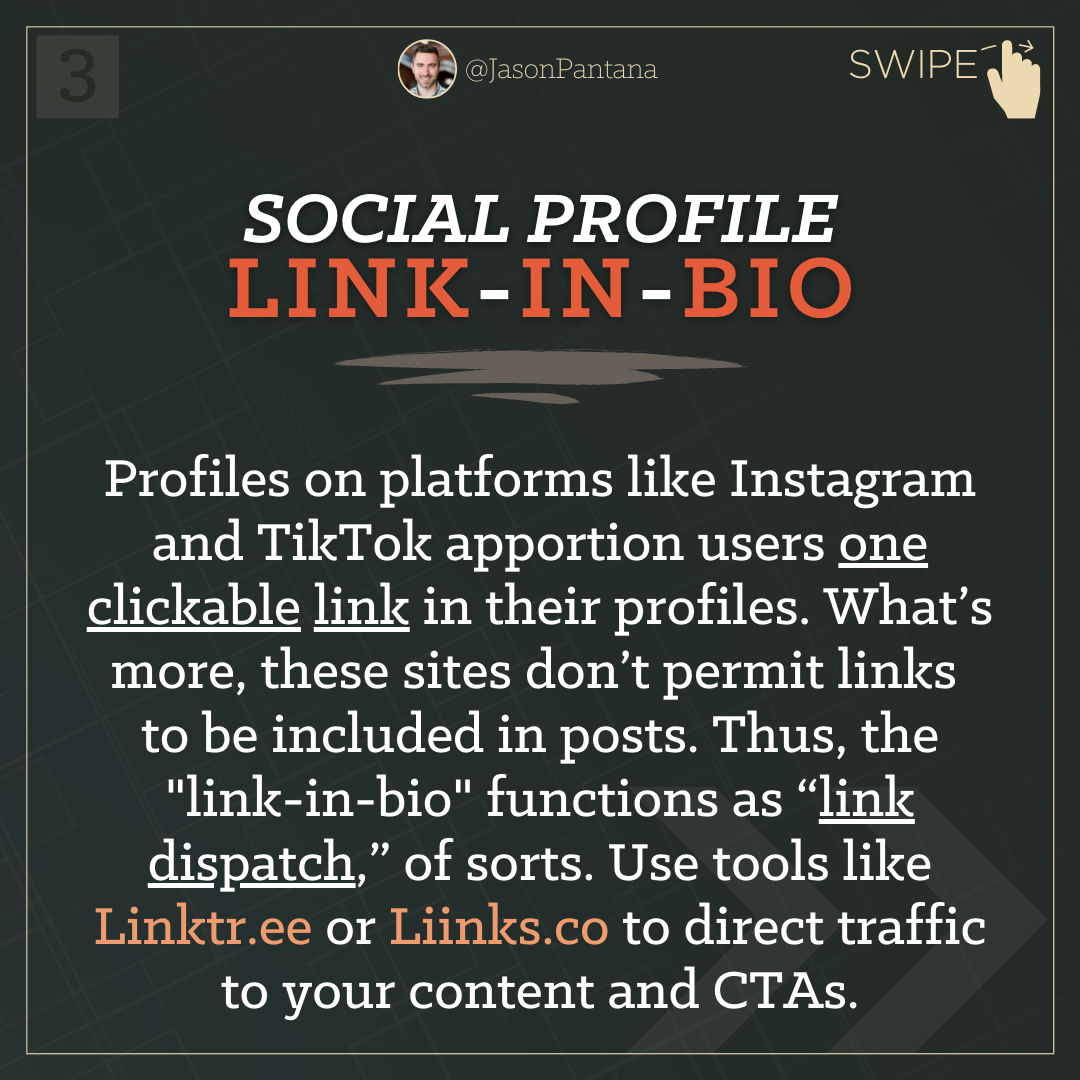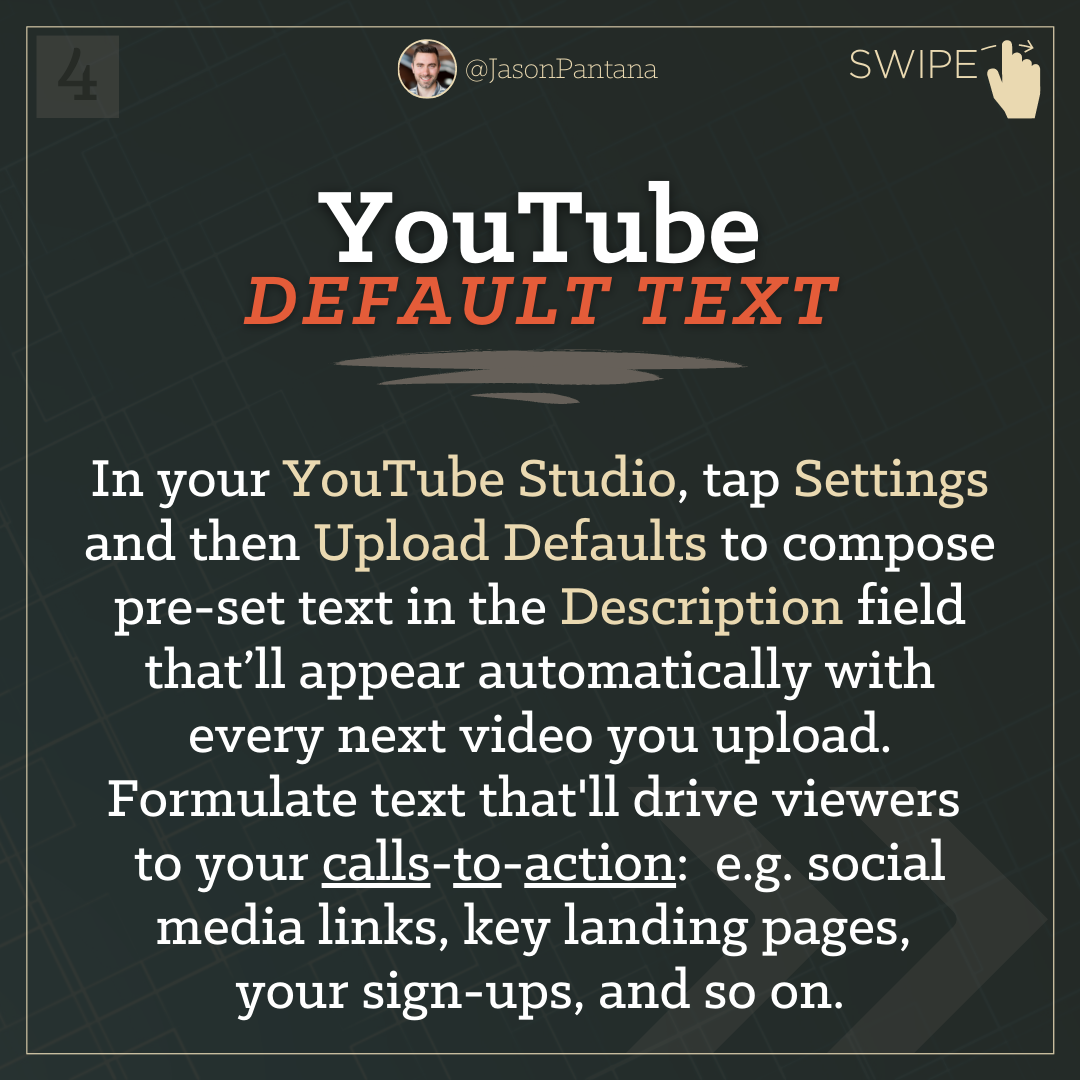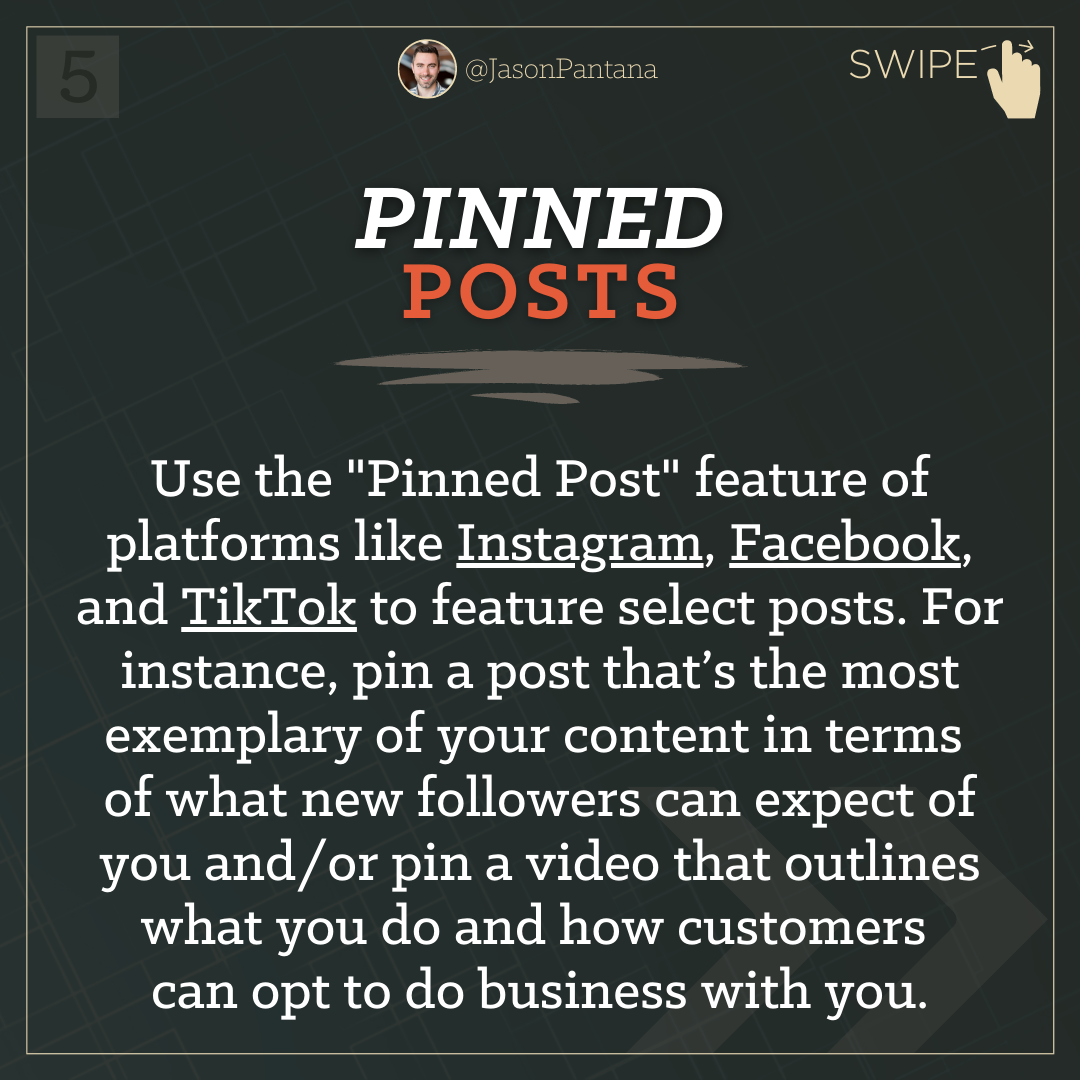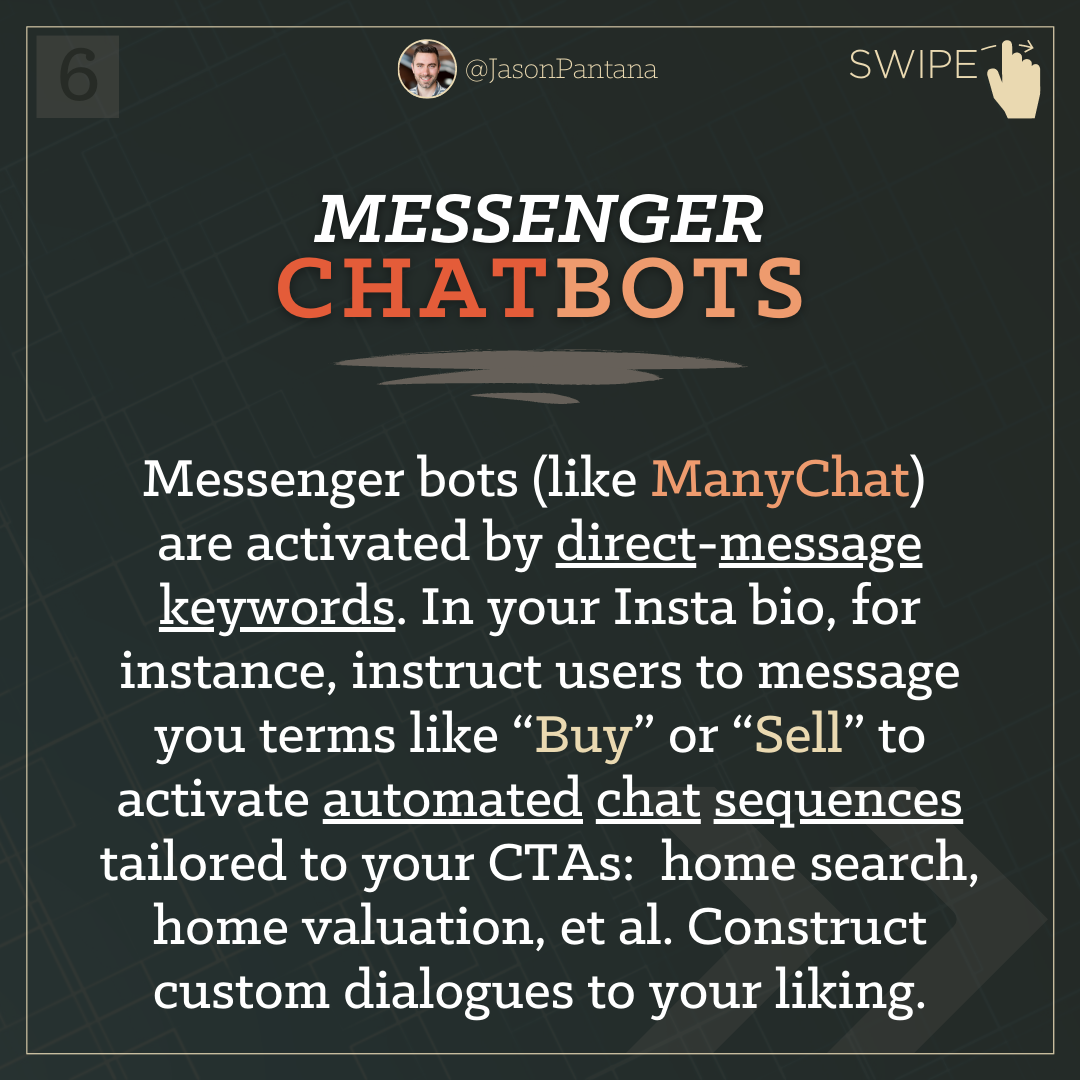8. Google Ads galore: Use Google Search campaigns to capture leads and Display Network ads targeting (or retargeting) your audience(s) on other sites and apps across the web. Local businesses should also consider Local Services ads. Search campaigns target specific keywords and appear in search results, while Display Network campaigns target specific audiences and appear on various websites and apps.
9. Alternate PPC: In addition to Google Ads, there are other PPC (pay-per-click) platforms such as Bing Ads and DuckDuckGo Ads.
10. YouTube ads: YouTube is the largest video sharing platform, and it offers various types of ads including in-stream ads (which play before, during, or after a video) and in-feed ads (which appear in the suggested videos column). They’re massively underutilized and capable of reaching a wide audience…. So get after it!
11. Social ads: Use social media advertising on platforms such as Facebook, Instagram, TikTok, and LinkedIn to reach specific audiences and promote your business. For instance, use these ads to promote your organic content to an audience of your choosing, to drive traffic to your website, or to generate leads.
12. Print/Postage: Use print materials such as flyers, brochures, or postcards to create consideration for your business.
13. Blogging: Use a business blog to share expertise, industry updates, and company news with customers. Consider repurposing your social media content—each post becoming its own blog.
14. Podcasting: Host or appear as a guest on a podcast to share your expertise to cultivate an engaged audience.
15. Signage/outdoor-advertising: Use physical signs or advertisements in outdoor spaces to promote your business. This could include storefront signage, billboard ads, or event banners. Mind your budget, of course.
16. Sponsorships: Sponsor events or organizations to build brand awareness and show support for your local community. This could include sponsoring festivals, sports teams, schools, or other events or organizations. You may even sponsor a local podcast, for instance.
17. Online profiles: Create and optimize profiles on review or directory sites such as Yelp, Zillow, Realtor.com, and so on to showcase your business and manage your online reputation. Sites like these have tremendous SEO—so don’t neglect their importance.
18. Agent directory sites: Run a Google search for the “best REALTOR…” in your marketplace and see who’s running ads. Odds are it’ll be agent-referral sites like Homelight, UpNest, Dwellful, MyAgentFinder, and so on. The ones paying for ads are likely the ones most worth ensuring your profile is properly set up and optimized in order to reach inquiring customers.
19. TV commercials: Consider using TV commercials to reach a wide audience, but be mindful of your target audience and budget. You may also look into media purchases with streaming services like Amazon Prime or HULU.
20. Radio ads and/or radio show: Explore radio advertising to reach a local audience, or host or be a guest on a radio show to share your expertise and build your personal brand.
21. Local publications: Consider advertising in local newspapers, magazines, or other publications to reach a targeted audience in your area.
22. Door knocks/drops: This channel involves physically going to people's homes or businesses and promoting your products or services. Door-drops refer to leaving promotional materials at people's homes or businesses.
23. Online groups/communities: Join and participate in online groups or communities on platforms such as Facebook Groups or Nextdoor to connect with and promote your business to a hyperlocal audience. Follow the guidelines and rules of each group and be respectful of the community.
With so many marketing channels available, it can be overwhelming to determine the best ones for your business. It's important to test and measure the effectiveness of each channel, and to continually review and adapt your strategy as needed. By staying up-to-date on the latest marketing trends and technologies, and by staying true to your brand and target audience, you can set yourself up for a successful 2023.


